To enhance infrastructure, the Ministry of Road Transport and Highways has sought Cabinet approval for a Rs 22 lakh crore investment in an extensive highway development plan. This ambitious plan aims to cover approximately 30,600 km by 2031-32, significantly improving India’s road network.
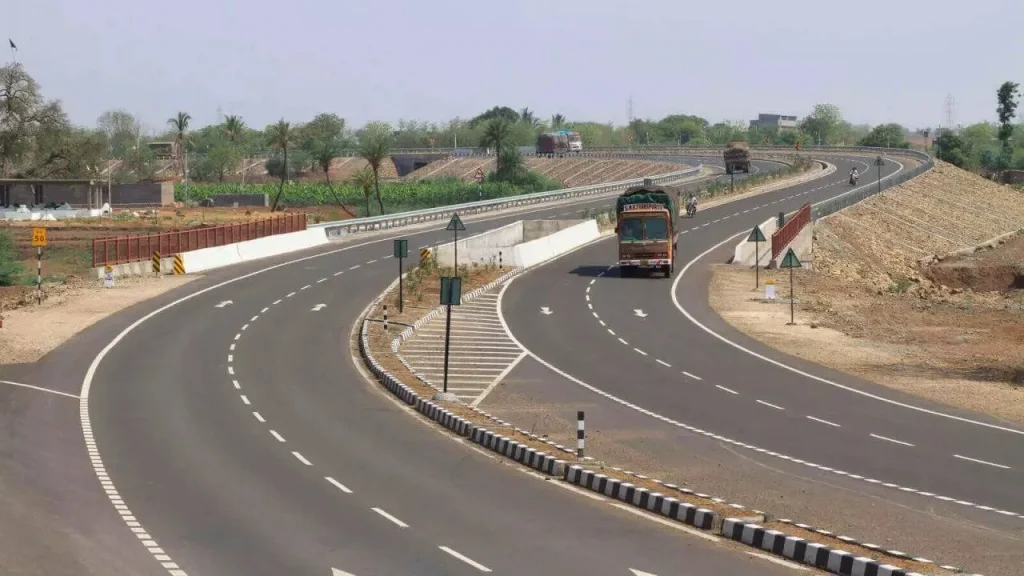
Key Elements of the Proposal
The proposed plan includes several critical components:
Construction of Expressways and High-Speed Corridors: The plan aims to build 18,000 km of expressways and high-speed corridors.
Decongestion of National Highways: It involves decongesting 4,000 km of national highways around cities.
Development of Strategic and International Roads: Enhancing roads with strategic and international significance.
Private Sector Participation
A notable aspect of this proposal is the significant involvement of the private sector, expected to contribute around 35 per cent of the total investment.
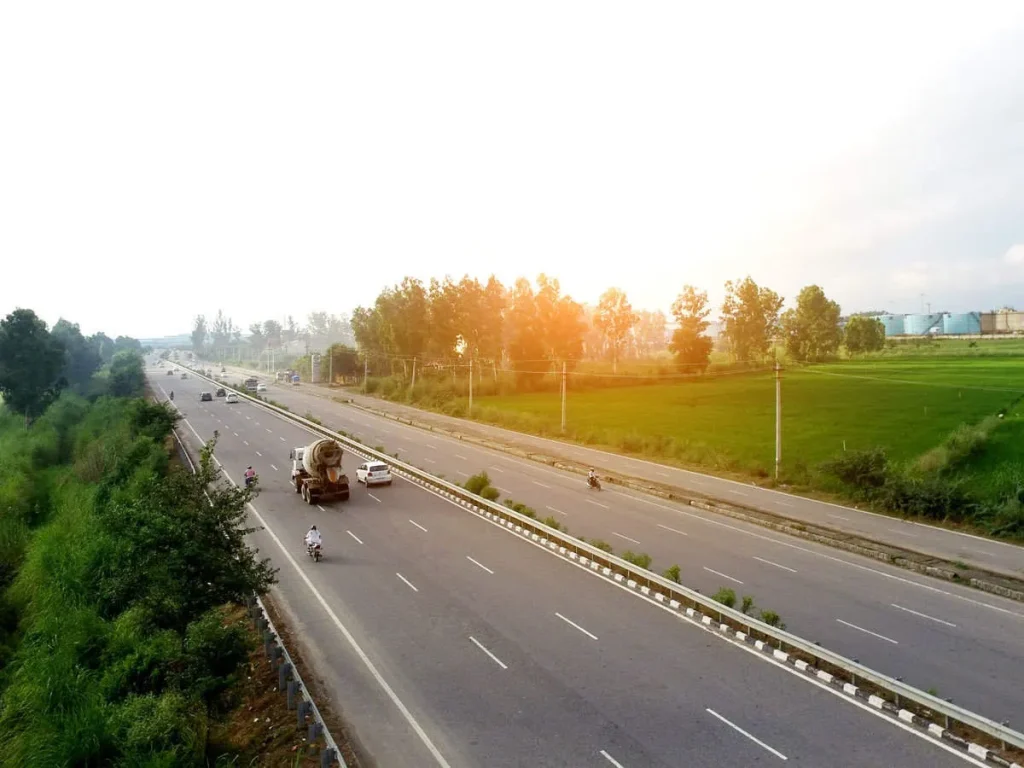
Execution in Phases
The highway development master plan will be executed in two phases:
Phase-1: All projects under this phase are to be tendered by 2028-29 and completed by 2031-32. The estimated cost for this phase is Rs 22 lakh crore.
Phase-2: This phase will develop an additional 28,400 km, with project sanctioning and awarding to be completed by 2033-34 and construction by 2036-37.
Budgetary Requests and Allocations
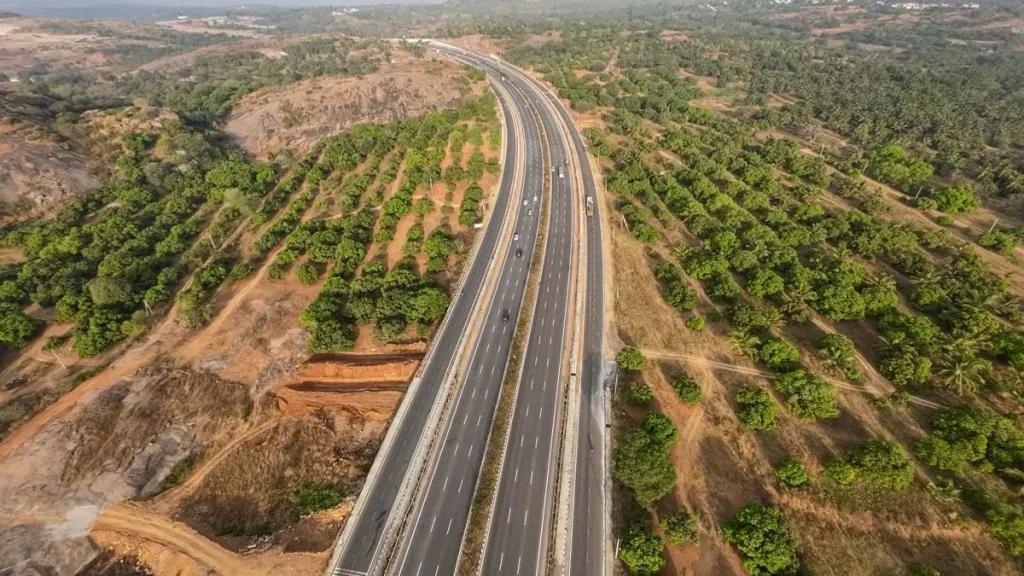
The Ministry has requested a 10 per cent annual increase in budgetary allocation to support project implementation. In the interim budget, the government allocated Rs 278,000 crore to the ministry, marking a 2.7 per cent increase from the previous financial year.
High-Speed Corridor Expansion
The plan identifies the need for high-speed corridors to ensure accessibility within 100-150 km from any part of India. The current operational high-speed corridors total 3,900 km, with projections estimating an increase to 11,000 km by 2026-27. The ultimate requirement is estimated at 50,000 km of high-speed corridors to meet the country’s transportation needs effectively.
Freight Transport Statistics
In 2021-22, approximately 73 per cent of freight was transported by road, with railways accounting for around 23 per cent. For commodities transported less than 350 km, 82 per cent was moved by road, and for distances over 600 km, 62 per cent was transported by road.
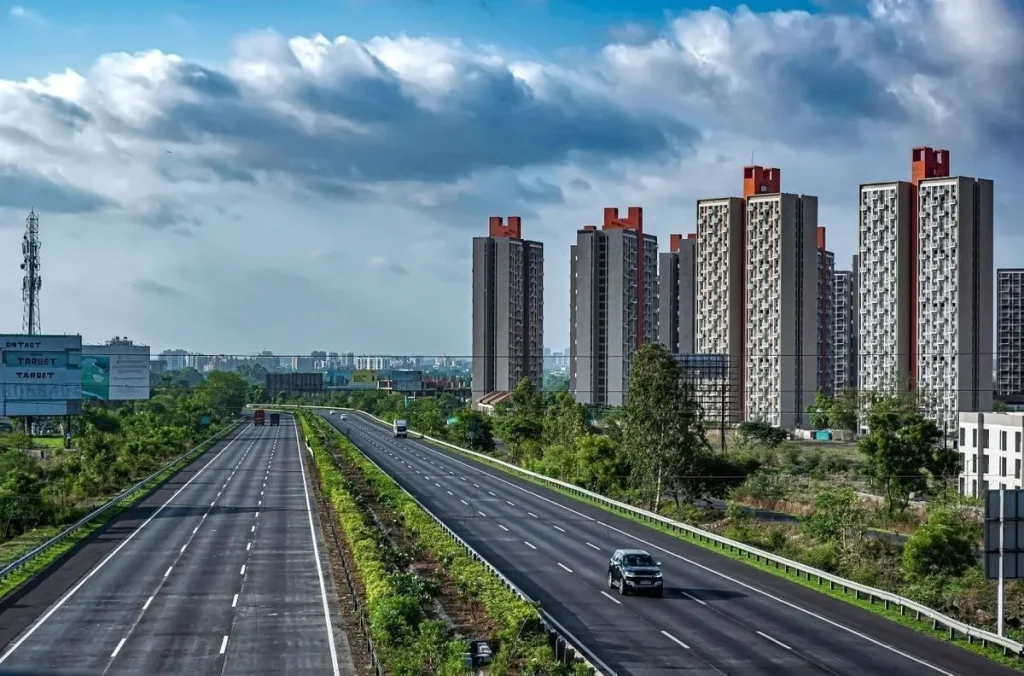
Projected Benefits
Upon completion, the average travel speed of trucks on the national highway network is expected to increase from 47 kmph to 85 kmph. In comparison, the average travel speed on highways in the United States exceeds 100 kmph, while in China, it stands at 90 kmph. This increase in speed is anticipated to help India achieve its target of reducing logistics costs to 9-10 per cent of GDP.
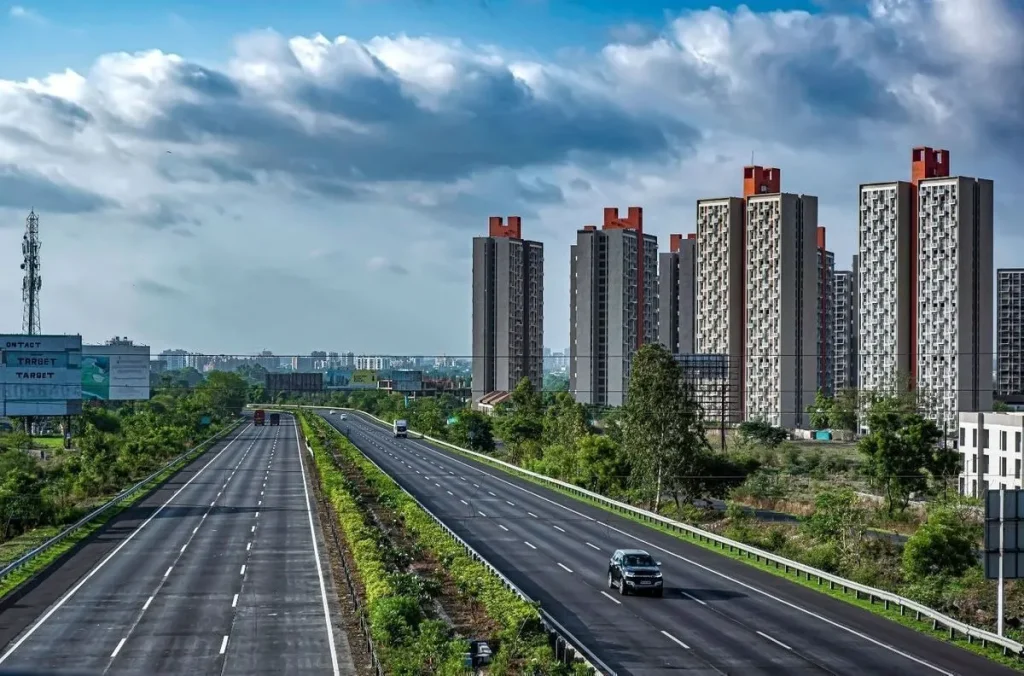
The proposed comprehensive highway development plan is set to revolutionise India’s infrastructure, enhance connectivity, and improve logistics efficiency. By involving significant private sector investment and focusing on high-speed corridors, the plan aims to meet the growing transportation needs and support economic growth.
